Tadias Magazine
By Tadias Staff
Updated: September 6th, 2021
New York (TADIAS) — Ethiopians in the Diaspora are receiving growing opportunities to invest in real estate in Ethiopia. Some of the new high-rise buildings — mostly in Addis Ababa (built by both local and international developers including from Asia, America and Europe) — offer international standard amenities while incorporating local architectural styles as well as easy access to shopping, transportation and other daily necessities.
In the following interview with Tadias, Dietrich E. Rogge, the CEO & Founder of ROCKSTONE, a German-based developer, discusses their new state-of-the-art condominium development called KEFITA under construction in the kebena area (officially known as the District of Signal), one of Addis Ababa’s oldest neighborhoods.
“It is our vision that KEFITA shall be a best-in-class real estate development combining international best practices while also being a genuinely Ethiopian building both in terms of design and amenities,” Dietrich told Tadias. “What we highlight with KEFITA that makes it uniquely Ethiopian is the facade.” He added: “If you look at the building closely, it mirrors the interwoven nature of the tibeb, the traditional garment of the Ethiopian cultural dress. Along with that, the building is covered with living plants indigenious to Ethiopia. Our hope is to create connectivity among both Ethiopians and international residents at KEFITA. And with that, create long-term value for all its owners.”
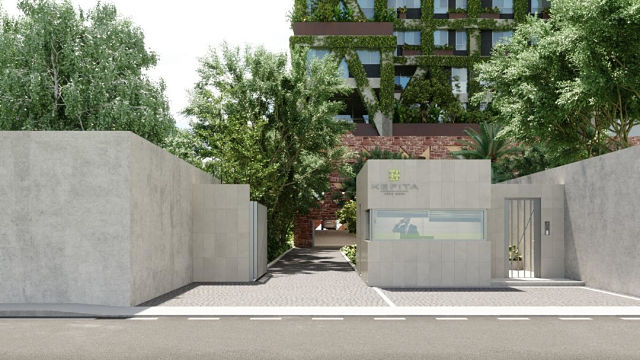
The KEFITA building under construction in Addis Ababa by ROCKSTONE Real Estate. (Courtesy photo)
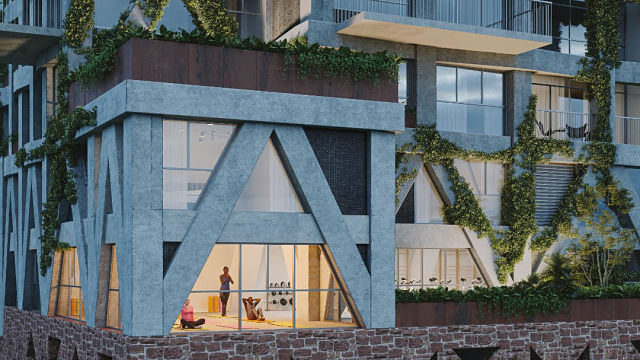
(Courtesy photo)
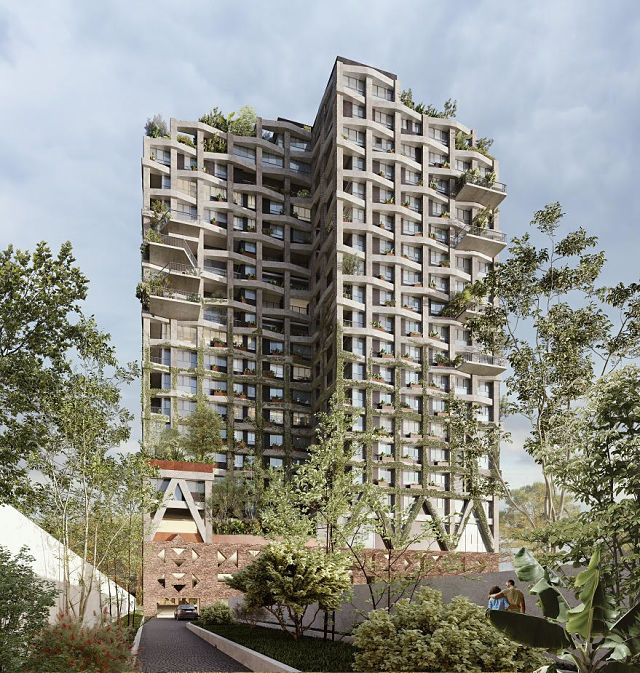
(Courtesy photo)
As Dietrich noted when he first traveled to Ethiopia about a decade ago, he immediately “fell in love with the country, its genuine culture, the warmth of its people and the metropolitan character of its capital, Addis Ababa.” He shares: “Until then, my own exposure to Ethiopia had been limited to meeting a very friendly Ethiopian through mutual friends while I was studying and living at MIT in the US from 2000 to 2002.”
In addition to incorporating modern international designs with Ethiopian architectural sensibilities, the KEFITA building also is set to become the first such residential building in the country to receive the green building certification.
Below is our full Q&A with Dietrich E. Rogge, CEO & Founder of ROCKSTONE Real Estate
TADIAS: Dietrich, thank you so much for your time. Please tell us a bit about yourself, your background, how you were introduced to Ethiopia and what led you to work in Addis?
DR: Thank you so much for having me today Liben. I appreciate having this interview and being able to introduce myself to you as well as your audience. To give you some context, I am based in Munich Germany. I started ROCKSTONE in 2013, today we have 3 offices – Berlin, Hamburg, and Munich – in Germany, and by 2018 we expanded into Lisbon in Portugal and thereafter Madrid in Spain to diversify into other European countries. Still, I had the genuine desire to expand further internationally, and Africa was my top priority. Next to diversifying my business, the drive into other countries is on a personal level very much driven by my own fascination for travel, countries and authentic cultures. Fortunately, one of my closest friends and also now business partner in ROCKSTONE ETHIOPIA had been living and working in East Africa for over 10 years. We decided to explore real estate business opportunities in East Africa. When it came to where to start, he immediately pointed to Ethiopia. When I first arrived in Addis, I understood what he meant. I instantly fell in love with the country, its genuine culture, the warmth of its people and the metropolitan character of its capital, Addis Ababa. Until then, my own exposure to Ethiopia had been limited to meeting a very friendly Ethiopian through mutual friends while I was studying and living at MIT in the US from 2000 to 2002.
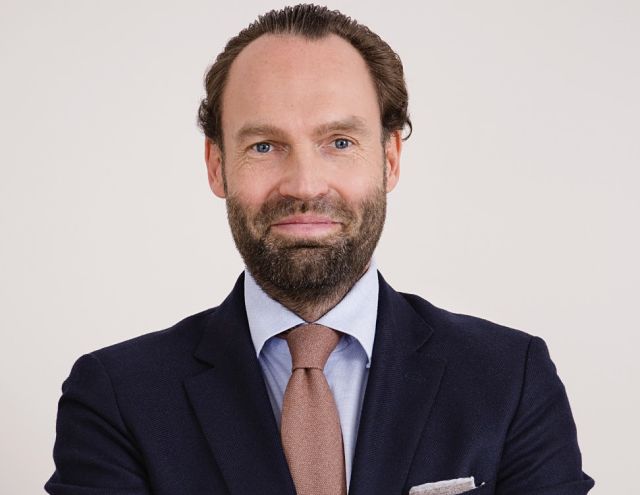
Dietrich E. Rogge, CEO & Founder of ROCKSTONE Real Estate. (Courtesy photo)
TADIAS: Please tell us about the KEFITA building project and the inspiration behind it?
DR: It is our vision that KEFITA shall be a best-in-class real estate development combining international best practices while also being a genuinely Ethiopian building both in terms of design and amenities. What we highlight with KEFITA that makes it uniquely Ethiopian is the facade. If you look at the building closely, it mirrors the interwoven nature of the tibeb, the traditional garment of the Ethiopian cultural dress. Along with that, the building is covered with living plants indigenious to Ethiopia. Our hope is to create connectivity among both Ethiopians and international residents at KEFITA. And with that, create long-term value for all its owners. On a business level it quickly became clear to me that, similar to other metropolises – i.e. Berlin, Lisbon or Los Angeles – around the world, there is also a housing crisis in Addis. That’s because each year large cities attract more new residents than they are able to build new housing along all segments of the market. There are also a couple of specific reasons why this dilemma exists in Addis, namely, lack of trust in the real estate market, lack of building quality, and lack of foreign capital. Next to addressing these specific reasons by forming a very strong team together with our local partner Bigar, and US-based private equity firm Cerberus, all of whom have a long-term interest in Ethiopia, we defined a clear strategy.
TADIAS: KEFITA is located on Embassy Row in the District of Signal, which is one of Addis Ababa’s oldest neighborhoods. How did you choose the location and what do you like most about the area?
DR: That’s a great question, and I am happy you are asking since choosing the right location is obviously a centerpiece of any real estate development and it is entirely fair to ask a foreigner his view on Addis. We initially looked at locations in Bole and Old Airport, which are the more recent traditional neighborhoods for high-end residential developments in Addis. We carefully studied how Addis is expected to develop over the coming years in terms of density, traffic, schools, retail, security and leisure. Signal is well positioned to outperform other parts of the city over the coming years in terms of its quality of life due to its proximity to the city center, great schools, improving infrastructure, and best of all, Mount Yeka with all its outdoor activities.
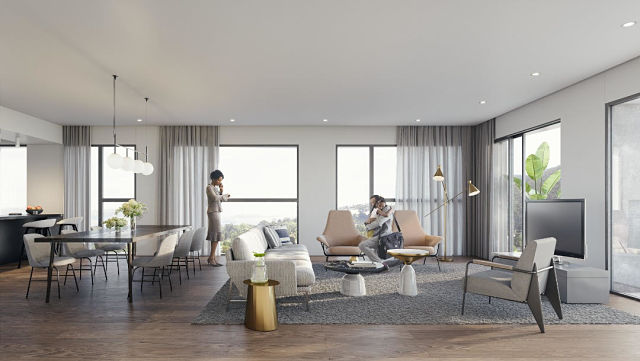
(Courtesy photo)
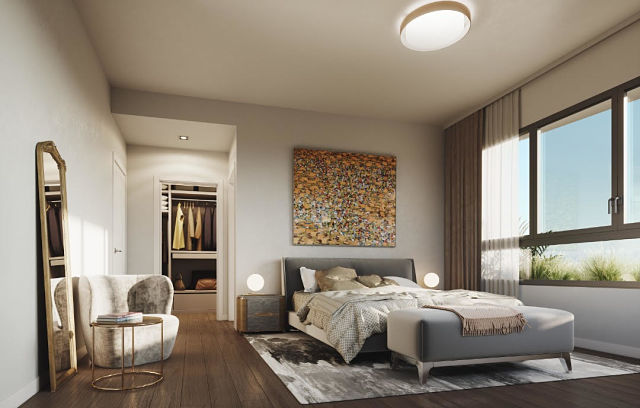
(Courtesy photo)
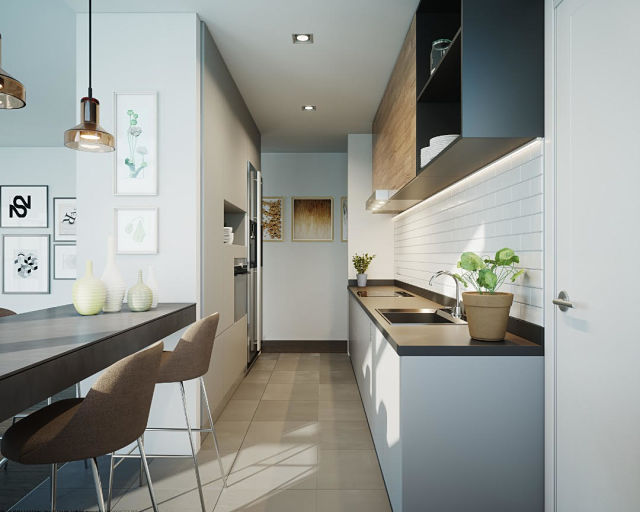
(Courtesy photo)
TADIAS: In addition to incorporating modern international designs with Ethiopian architectural sensibilities, the KEFITA building also is set to become the first such residential building in the country to receive the green building certification. Can you share what that means and how it fits with the city’s long-term plans for environmentally conscious developments?
DR: Sure, and let me happily expand on that subject since it is very important to us. As we discussed earlier, integrating best practices into Kefita on all levels is one main driver of our product and development process. From the very beginning, our entire design process has been driven toward green-conscious living. Next to reducing the carbon footprint of the building, specific measures include using local materials as much as possible, minimizing electricity consumption, collecting rain water and managing waste. Among others on the building side, that includes superior structural and fire safety design and a range of Kefita specific amenities for our community. A green building also best ensures the long-term value of the investment. I would really like to emphasize this last point since return on investment and building quality go hand in hand. Next to its location, the long-term value preservation or increase in value of any real estate is driven by the longevity of its design and construction quality. If the structure has flaws or moisture permeates into the building or energy consumption is inefficient or sound insulation is not taken care of just to name a few, then these issues obviously have a negative effect on the long-term value of any real estate. Hence our building standards we believe are a very strong signal to send to the Ethiopian real estate market and will help elevate the overall standard and building quality of new buildings in the future.
TADIAS: Where are you now in terms of the construction stage and when will the building be completed?
DR: We received the building permit last year, completed the underground construction in 2020 as well, and started with the actual building construction early this year. KEFITA is on track to be completed in 2023 for all residents to move in. The completion date is very important to us since on-time completion is a huge problem in the market and it translates into a lack of trust in developers. Therefore we have created a financially very strong team, started construction only once the design was completed and the entire construction contract had been awarded. In addition, our best practices approach extends into the purchase agreement which protects buyers on various topics as well as states binding delivery dates.
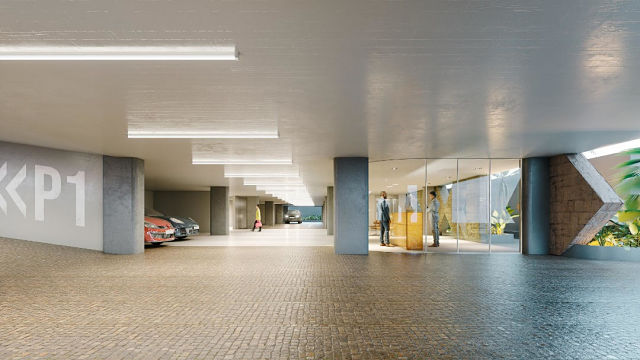
(Courtesy photo)
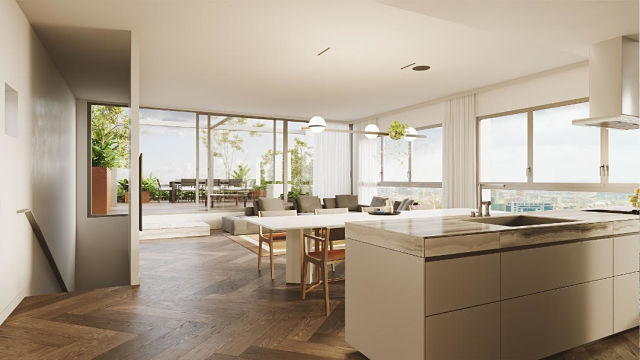
(Courtesy photo)
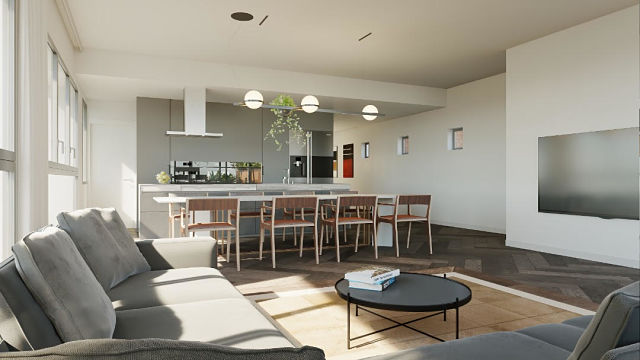
(Courtesy photo)
TADIAS: How can people in the Diaspora buy property in the building? What’s the process and requirements?
DR: From the start, the Ethiopian Diaspora had always been in our minds as a key customer segment for KEFITA. We know that we are well positioned to serve that segment. We believe that our product is a good balance between Ethiopian authenticity, a modern building in terms of quality, technology, services as well as sustainability. Last not least, it fits all rental criteria of the International community in Addis. All of these is what the Diaspora has in mind but struggles to find as an investment opportunity. The prerequisite for owning real estate in Ethiopia requires an Ethiopian Origin ID, also known as the Yellow Card. All of our Diaspora buyers will need to provide a copy of their ID as well as Passport to initiate the sales agreement. The process involves meeting and talking with one of our sales representatives, learning our different offerings for apartment types, identifying their mode for financing, either cash or through one of the Ethiopian banks, and finally signing an Apartment Purchase Agreement. If based in Ethiopia, prospective buyers can reach out to Lily Mesfin, lm@rockstonere.com. For those based in the USA and abroad, reach out to Nya Alemayhu at ny@rockstonere.com.
TADIAS: Can you tell us more about the various apartment sizes and price ranges?
DR: We have 100 apartments ranging from 2 bedrooms and 1 bathroom at approximately 1,000 square feet to a full floor penthouse at 6,500 square feet. In between this range exists 2 bedrooms + 2 bathrooms, 3 bedrooms + 3 bathrooms, and 4 bedrooms + 4 bathrooms. Some of our 2 bedrooms are convertible to 3 bedrooms, as well as some 3 bedrooms that can be converted to 4 bedrooms. All of the apartment types aside from the 2 bedrooms + 1 bathroom are designed with a helper’s room, as is common in most Ethiopian residences. The pricing ranges from $280,000 for a 2 bedroom + 1 bathroom apartment to $2,100,000 for our crown jewel garden terrace apartment.
TADIAS: Is there a mortgage or payment plan available?
DR: We have a payment schedule that is contingent on construction progress. The initial investment is 25% and all subsequent payments are in alignment with construction progress. The payments are spread out about 3-4 months apart. If one seeks a mortgage, we can refer to a few banks based in Addis Ababa so that prospective buyers can make the best decision as to what suits them. There are nuances with financing new construction projects in Addis Ababa and also which type of currency is used. Our sales team can also help illuminate this process more deeply. For a deeper inquiry, reach out to sales@kefita.com

(Courtesy photo)
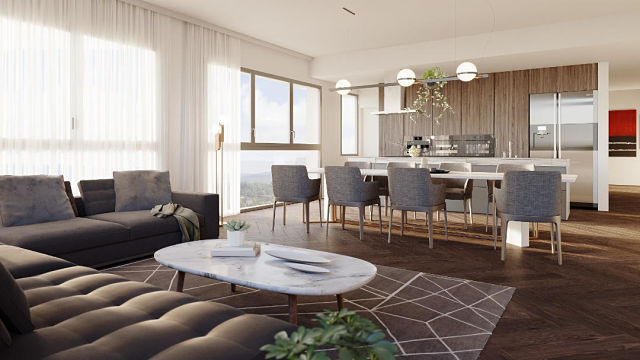
(Courtesy photo)
TADIAS: What are your plans for future developments in Ethiopia?
DR: Although KEFITA is only our first project in Ethiopia, it won’t surprise you that we have a long-term plan for ROCKSTONE Ethiopia with more projects to come. These will obviously include additional residential developments but we are also looking into offices, logistics, and retail – commercial real estate. We very much believe in strong and lasting Ethiopian growth and want to happily be part of that over the coming years.
TADIAS: Is there anything else you would like to share with our audience here in the United States and beyond?
DR: On a personal level, my experience in Ethiopia has been wonderful and I am very fortunate to have come close to and made friends with Ethiopians over the past years. These relationships have evolved into great friendships. I really look forward to having more time for traveling within the country and enjoying all its treasures and beauties. Last but not least, I also hope to come to the US very soon to present KEFITA in person and likewise, I invite you all to meet our team and myself whenever you are in Addis.
TADIAS: Thanks again, Dietrich, and wishing you all the best from all of us at Tadias!
—